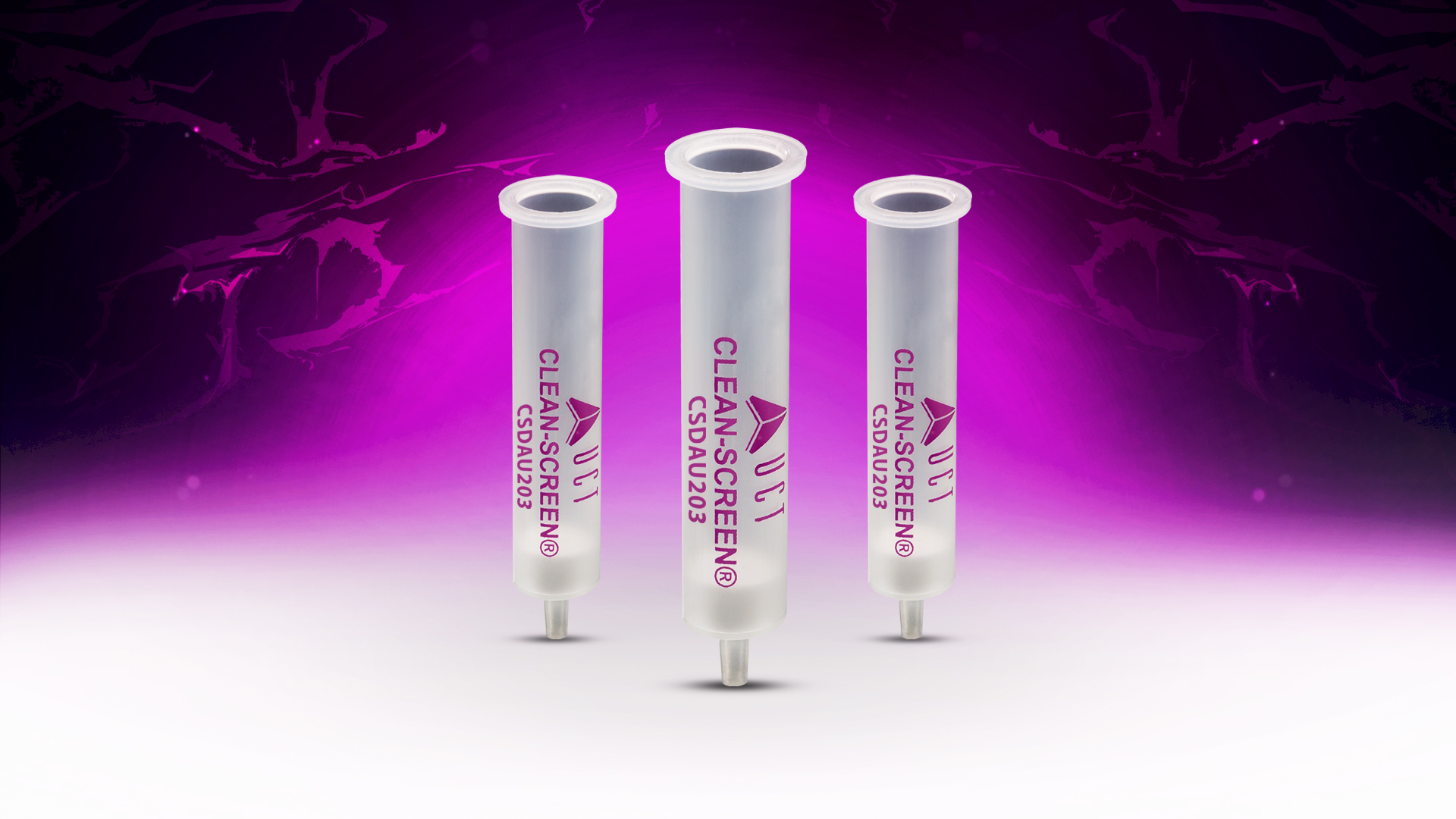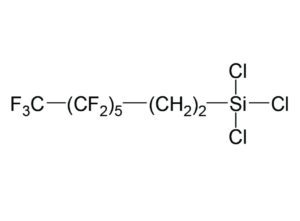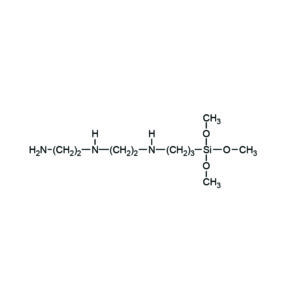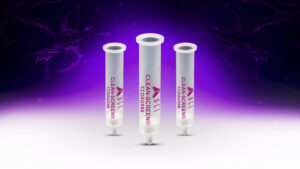UCT Flagship Sorbent Clean Screen DAU cited in SOFT-TIAFT U-47700 Presentation
The new psychoactive substance (NPS) compound U-47700 also known as U4, is a US Schedule I synthetic opioid which was originally synthesized by the pharmaceutical firm Upjohn in the 1970’s. This drug acts as a selective agonist of the µ-opioid receptor and was demonstrated to have approximately 7.5 times the potency of morphine in animal models Originally intended to treat severe pain, it never progressed to human trials. Due to the public availability of the patent which detailed its synthesis, chemists in clandestine laboratories in China and elsewhere began to produce it; hence it found its way into the illicit drug market.
Several deaths in the US and Europe have been attributed to U-47700 both alone, and in combination with other drugs. In a presentation given at the recent SOFT-TIAFT conference in Boca Raton by M.L. Zaney et al., postmortem cases from a regional medical examiners laboratory in Florida, USA were presented in which U-47700 was detected either in blood or drug paraphernalia. In the study, whole blood specimens were extracted using UCT’s flagship Clean Screen® DAU solid phase extraction (SPE) columns. Initial screening was performed using gas chromatograph coupled to a mass selective detector (GC-MSD) after SPE. Confirmatory analysis was conducted using a ultra-high-performance liquid chromatograph coupled to an ion trap mass spectrometer (UHPLC-Ion Trap-MSn ) after extraction of whole blood samples using Clean Screen® DAU SPE. Drug paraphernalia (spoon residue and powder exhibits) were also analyzed were available.
From the analysis of the post mortem cases, U-47700 was detected in a total of eight cases dating from September 2016 to March 2017. In five of those cases it was detected in whole blood. In three cases, U-47700 was detected in drug paraphernalia only. U-47700 was detected in both blood and drug paraphernalia in one case, however it’s important to note that drug paraphernalia was not available for testing in the other four positive blood cases. Seven cases involved white males between the ages of 23 years to 41 years with a mean age of 31 years and a median age of 29 years. The remaining case involved a 65-year-old white female. Cause and manner of death has been ruled in seven of the eight cases, and are shown in the table below. The most recent case is still listed as pending toxicology. All cases involve two or more drugs, including fentanyl, fentanyl analogues, heroin and cocaine.
Based upon the cases received by the laboratory, U-47700 was present only in combination with other drugs, most commonly fentanyl, fentanyl analogues, and heroin. There were no cases that involved U-47700 alone, and all were ruled as accidental poly-drug overdoses. It is interesting to note that all the completed cases also contained carfentanil. Due to the constant evolution of synthetic drugs in the illicit market, it is imperative that toxicology laboratories adapt their testing protocols in order to keep up in this ever-changing field.
This presentation shows why when forensic toxicology laboratories require methods that provide analysis of the NPS compounds with the highest efficiency for both GC-MS and LC-MS/MS instruments, they turn to UCT Clean Screen® sorbents as their first choice. For more information regarding Clean Screen® sorbents, methods and applications visist https://sampleprep.unitedchem.com/products/spe/clinical-forensic






